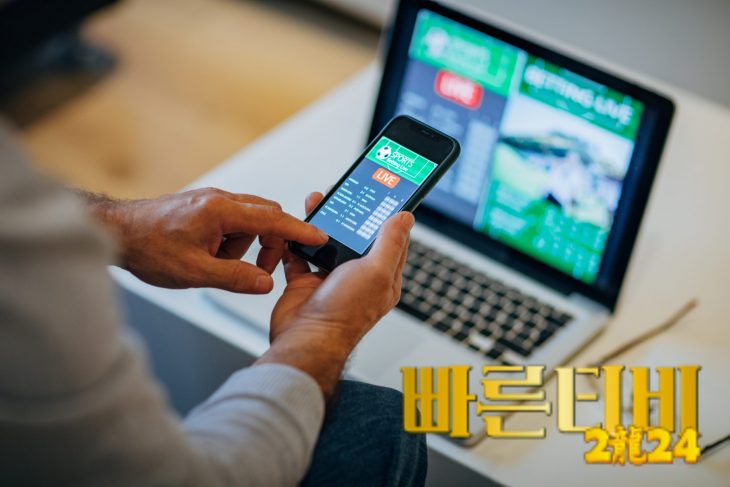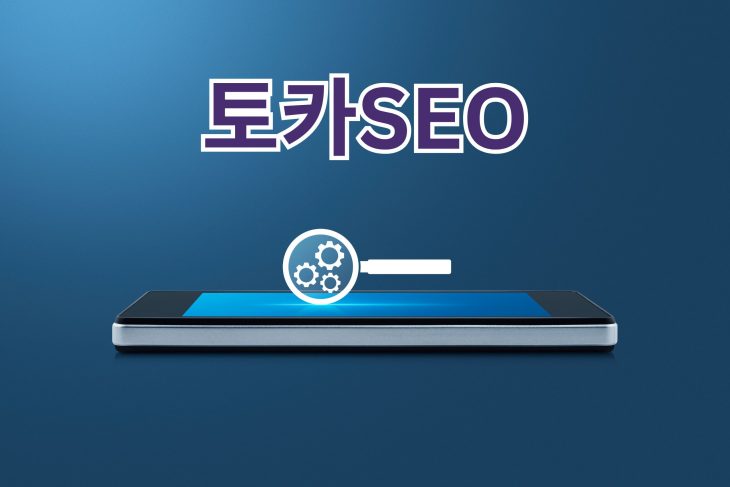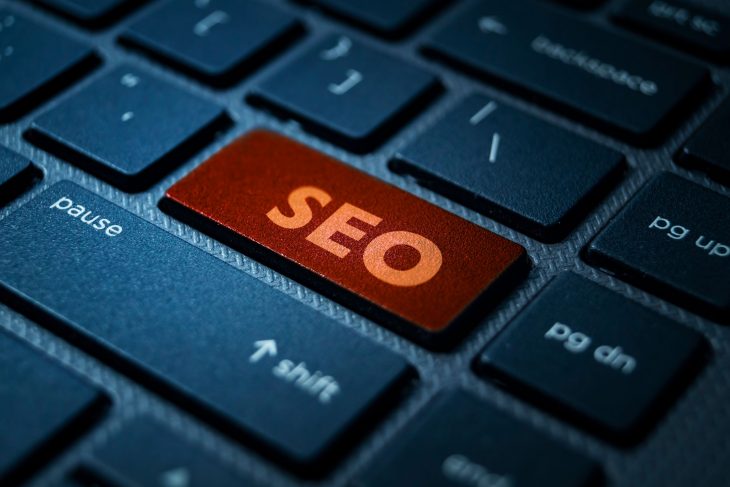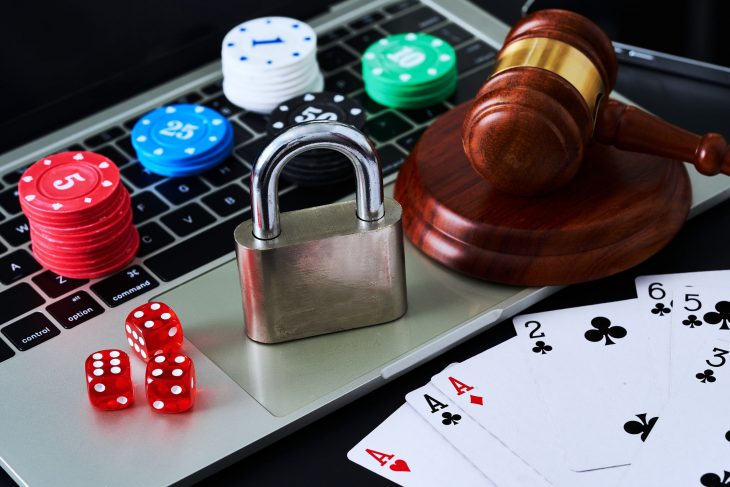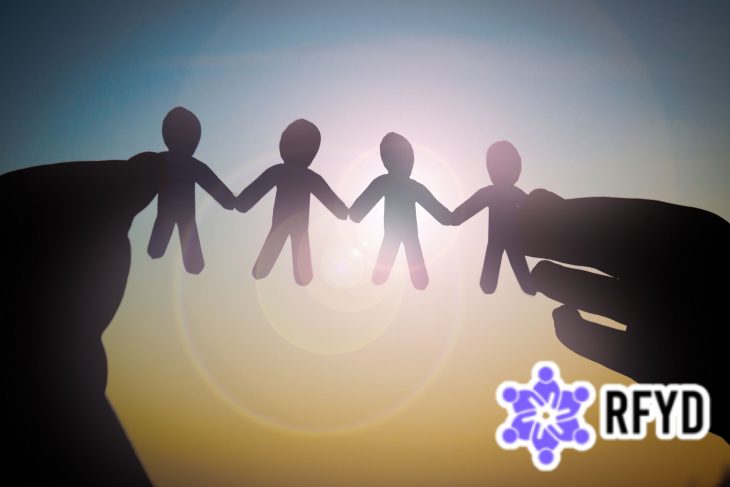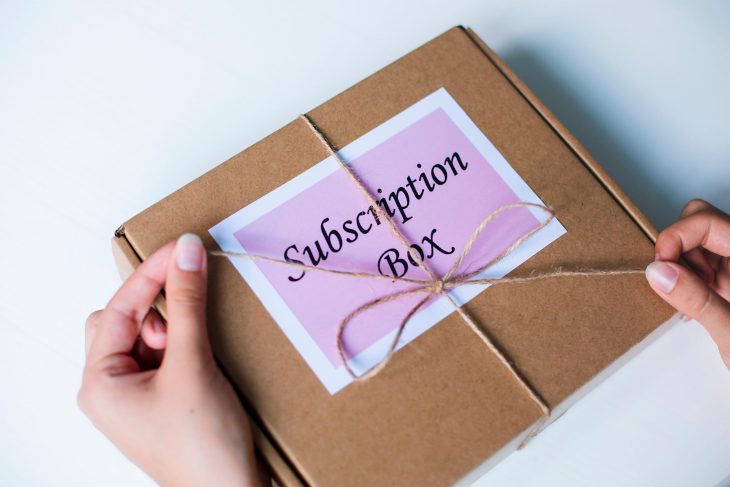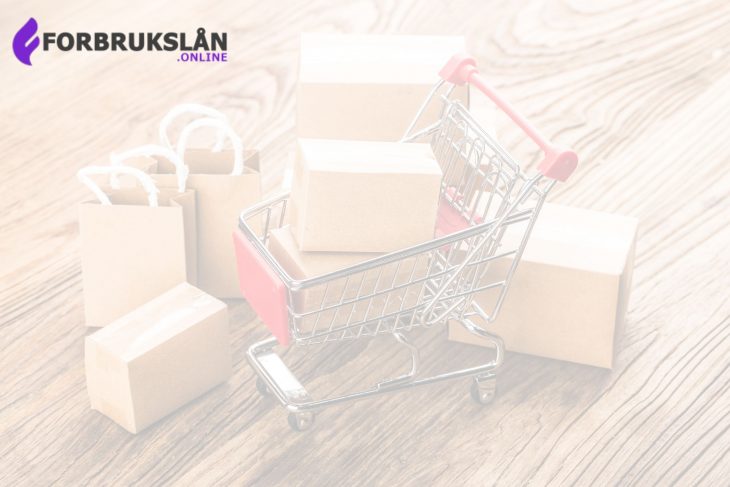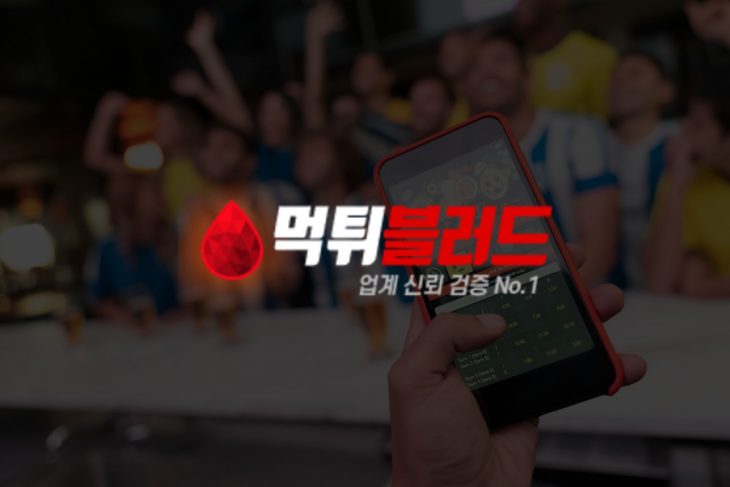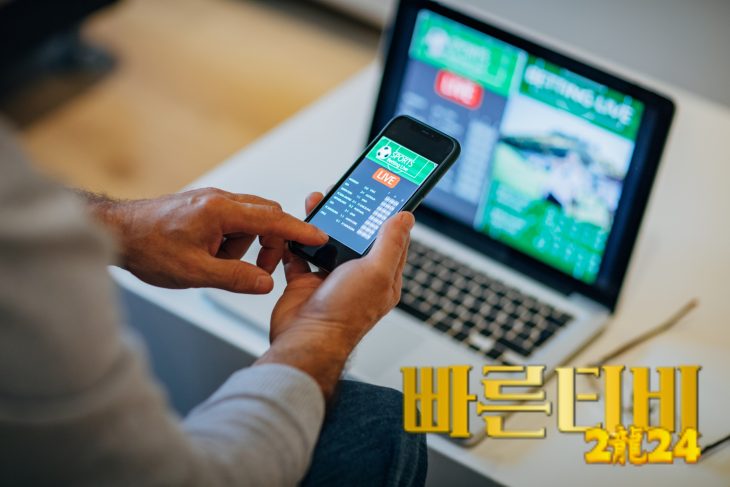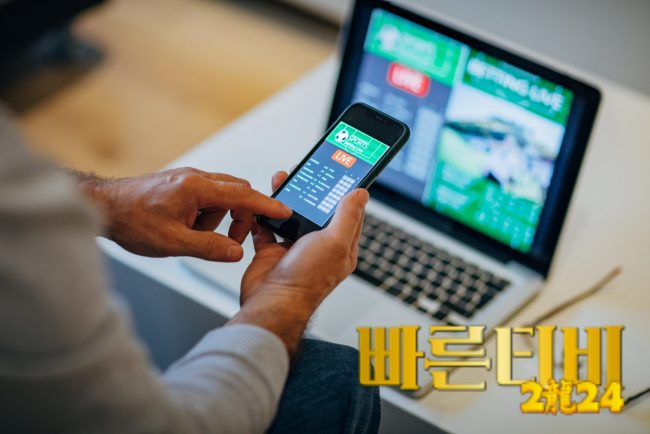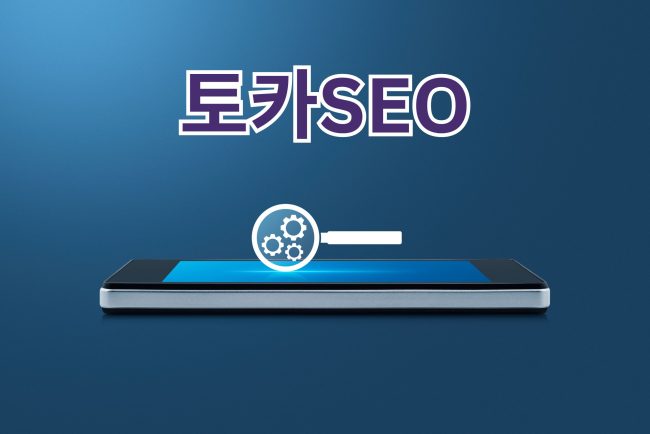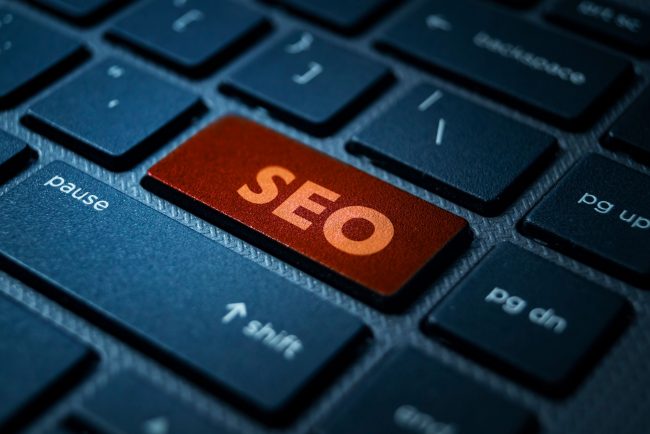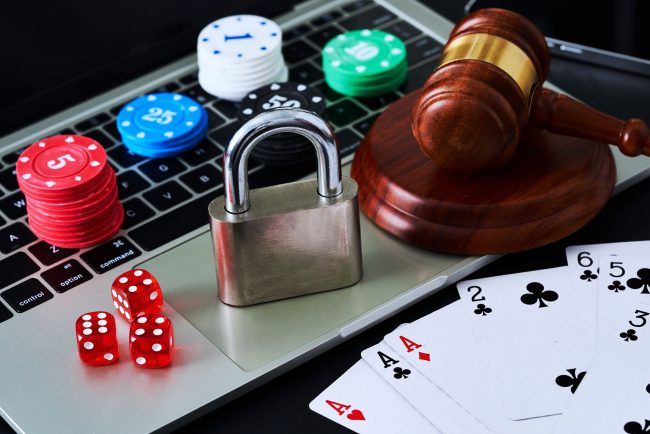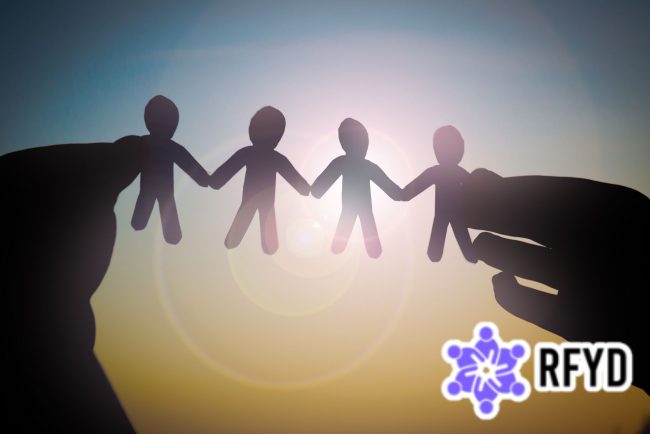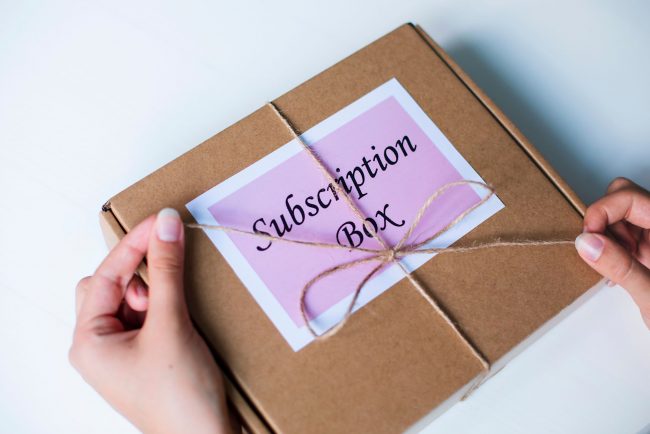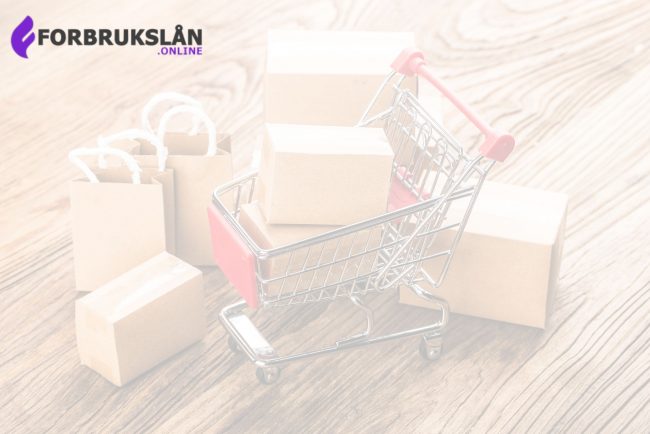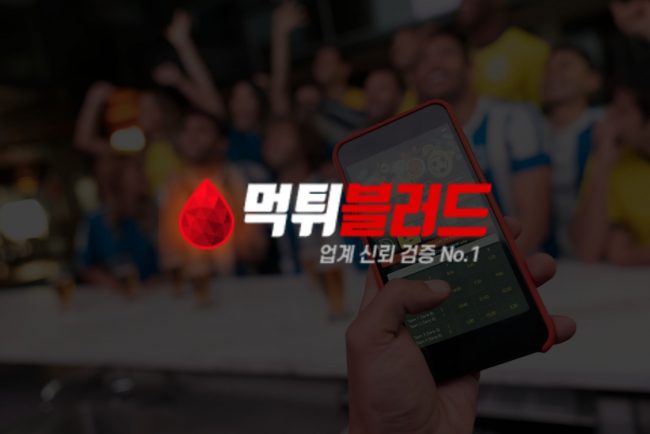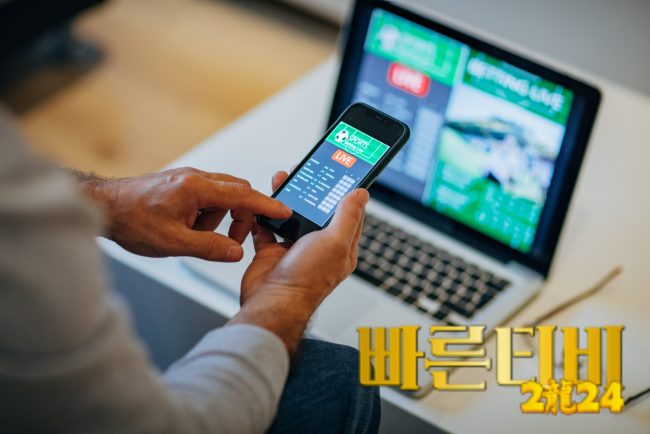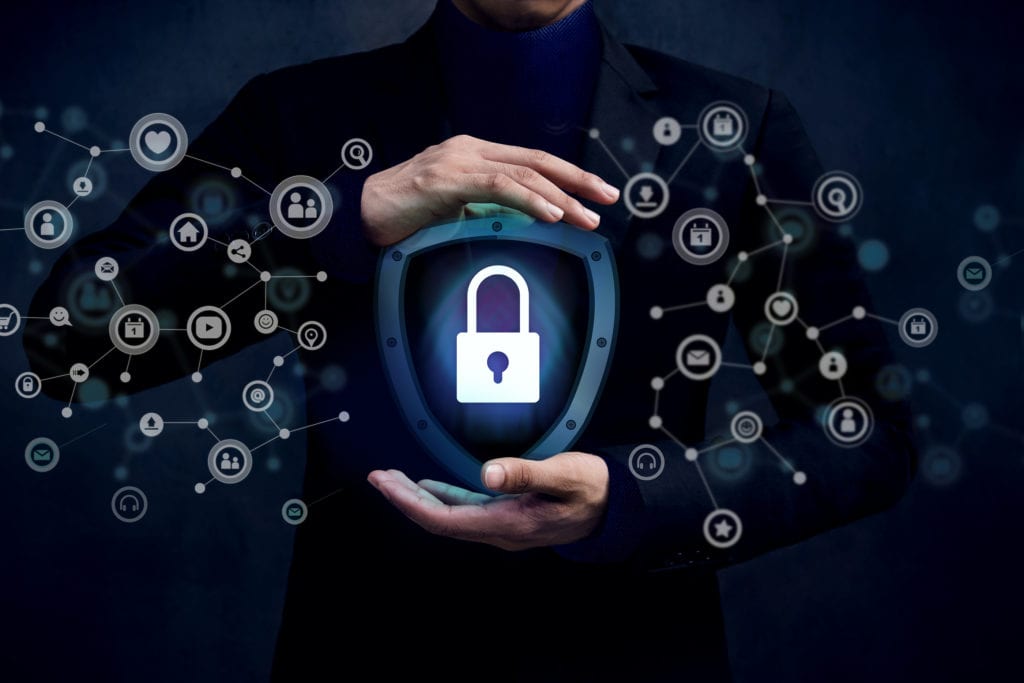
In today’s digital age, social media has become an essential part of our lives, allowing us to easily connect and share content with others. However, with so much personal information available online, it’s crucial to secure your social media accounts to protect yourself from unauthorized access, hacking attempts, and identity theft.
One of the most effective ways to secure your social media accounts is by enabling two-factor authentication (2FA). With 2FA, a user must provide a secondary form of verification, such as a fingerprint, code, or security question, before accessing their account. This security measure adds an extra layer of protection, making it more difficult for hackers to gain access to your accounts even if they have your password.
Another essential security feature to utilize is strong passwords. Choose a password that is long, complex, and unique to each account. Avoid using common words, phrases, or personal information, such as your birthdate or pet’s name. By using strong passwords, you can prevent unauthorized access to your account and protect your personal information.
Being selective with friend requests and profile information is also crucial to securing your social media accounts. Limit friend requests to people you know and trust, and avoid accepting requests from strangers. Additionally, be cautious about what information you share on your profile and only provide the necessary details.
Lastly, having a social media monitoring tool such as Norton can help you stay vigilant against suspicious activity on your accounts. With Norton, you can receive real-time alerts and notifications if any unusual activity is detected on your social media accounts. This can give you peace of mind knowing that your accounts are being monitored and any potential threats are being addressed.
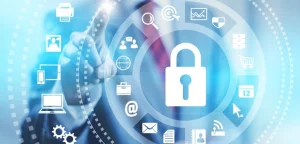
Understanding the Risks of Unsecured Social Media
Social media has become an integral part of our daily lives, from connecting with friends and family to promoting business ventures and personal brands. However, with this increased usage comes an equally increased risk of security breaches and privacy violations. Understanding the risks of unsecured social media is crucial to protecting ourselves and our personal information online. In this article, we will cover some of the most common risks and provide tips on how to secure your social media accounts to mitigate these risks.
Data Breaches and Hackers
Social media has been a game-changer in connecting people from all over the world. Millions of people use social media platforms daily, making them incredibly influential. However, with this level of exposure, social media has now become a hot spot for data breaches and hackers.
Data breaches on social media accounts can lead to the exposure of sensitive personal information, such as email addresses, date of birth, telephone numbers, residential addresses, and credit card information. These breaches can result in identity theft or fraudulent activity being carried out on compromised social media accounts.
The impact of data breaches and hackers on social media profiles can be devastating, especially for individuals with huge social media following or businesses with large social media presences. Their reputation and trustworthiness are undermined, and this can result in significant financial losses and long-term damage.
To address the issue of data breaches and hackers, it is important to monitor social media accounts regularly for suspicious activity. It is also recommended to enable two-factor authentication, which adds an extra layer of security by requiring a second verification step, such as a fingerprint scan or an additional password, before accessing the account.
In the event of a data breach or hack, the first step is to change all passwords immediately for all social media accounts. Also, it is important to notify customer service for assistance. Customer service representatives can help in investigating the extent of the damage or breach and provide options for further protection.
Phishing Scams and Spam Messages
Phishing scams and spam messages are common on social media platforms and the consequences of falling victim to these scams can be devastating. Phishing scams are fraudulent attempts to obtain sensitive information, such as passwords, credit card numbers, and other personal data, by posing as a trustworthy entity through email, messaging platforms, and other communication channels. These scams often mimic official social media messages, friend requests, or notifications, and come with suspicious links or attachments that can lead to the spread of malware and viruses across devices.
Victims of phishing scams may face huge financial losses, identity theft, or other security breaches that could cause long-term damage. The spread of viruses and malware through spam messages can also cause significant damage to devices and sensitive information, and those infected risk transferring the virus to other devices and contacts.
To avoid falling victim to phishing scams and spam messages on social media platforms, it is important to always use strong passwords and activate two-factor authentication. One should not click on suspicious links or attachments, especially those with unsolicited messages or from unknown sources. Verification of the source of a message or an account requesting personal information must be done before responding. Always remain vigilant and update your privacy and account security settings regularly.
Identity Theft and Fraudulent Activity
Identity theft is a serious concern for anyone who uses social media. Hackers and other bad actors can use social media to steal personal information and impersonate individuals, leading to fraudulent activity such as unauthorized purchases, the opening of credit accounts, and other financial losses. To protect oneself from these risks, it is important to understand how hackers may use social media to steal personal information and how to prevent these attacks.
One common method used by hackers is to create fake social media profiles and send friend requests to individuals. Once accepted, they may use personal information shared on the account to create phishing attacks or impersonate the individual. Another method is to exploit security vulnerabilities in social media platforms, including weak passwords or unsecured Wi-Fi networks, to gain access to user accounts.
To reduce the risk of unauthorized access, one should monitor their online presence by regularly reviewing their social media accounts and enabling two-factor authentication (2FA) for their accounts. 2FA helps to prevent unauthorized access by requiring additional verification, such as a fingerprint or security code, when logging in to the account. In addition, it is important to limit the amount of personal information shared online, such as birthdates, social security numbers, and credit card details, which are commonly targeted by hackers.
In the event of identity theft or fraudulent activity on social media, it is recommended to immediately report the incident to the authorities and relevant financial institutions, such as banks or credit card companies. It is also important to notify the social media platform of fraudulent activity and change passwords for all online accounts to prevent further breaches.
Overall, taking steps to secure personal information and monitor online activity can help to reduce the risk of identity theft and fraudulent activity on social media platforms. By staying vigilant and staying up to date on evideosecurity best practices, individuals can protect themselves from potential attacks and avoid financial losses associated with identity theft.
Privacy Settings & Customer Service Issues
In the age of social media dominance, it has become increasingly crucial to maintain one’s privacy online. Privacy settings play a pivotal role in securing social media accounts and limiting the visibility of personal information. Various options available to users on popular social media sites such as Facebook or Twitter can be utilized to manage the privacy of their accounts.
For instance, on Facebook, users can create custom settings for their profile information, which means that they can choose who can see their posts, photos, and other personal details. Users can also limit the visibility of their account by making it unsearchable to non-Facebook users or restricting who can send them friend requests.
Similarly, Twitter provides privacy settings to control who can see user tweets and likes, as well as who can send direct messages to the user. The site also gives users the option to make their tweets private so that only approved followers can see them.
However, privacy settings alone might not be enough to secure social media accounts. Customer service issues are equally crucial in ensuring the safety of users’ online presence. Reporting suspicious or abusive behavior can help the social media company pinpoint security threats that could harm its users.
Prompt reporting of security threats can be a deterrent to potential attackers and prevent them from causing any further harm. Most social media platforms have a dedicated customer service team to handle such matters, and it is crucial to reach out to them at the earliest.
How To Secure Your Social Media Accounts
Securing your social media accounts is crucial, especially in today’s digital age, where online scams and identity theft are a reality. Due to the sheer number of online accounts most people have, it’s easy to overlook the importance of securing them. However, taking adequate measures, such as using complex passwords, two-factor authentication, and limiting personal information sharing, can drastically reduce security risks and protect your online presence. In this article, we’ll outline some practical tips and strategies to help you secure your social media accounts and stay safe online.
Create Strong Passwords & Use Password Managers
With the increasing prevalence of cyber threats, it has become more important than ever to secure your social media activity. One of the most critical things you can do to protect your accounts is to create strong passwords and avoid reusing them across multiple platforms. Strong passwords can be difficult to remember, but this is where password managers come in handy.
The consequences of weak passwords and password reuse across multiple platforms can be severe. If you use the same password for various accounts and any one of them is compromised, you’re at risk of a domino effect as hackers try the same password on other accounts that use the same login credentials. Additionally, weak passwords make it easy for attackers to gain access to your personal information, including bank accounts, credit cards, and other sensitive data.
Password managers generate complex passwords and store them securely, making it easier to maintain security across all your online accounts. With password managers, you don’t need to remember all of your complex passwords. They are generated for you by the password manager and stored in its vault, so you can access them anytime you need them.
To create strong passwords, you should use a combination of upper and lowercase letters, numbers, and special characters. It’s essential to avoid using real words or names and to ensure that your passwords are at least eight characters long. You should also aim to use different passwords for each account to avoid the domino effect scenario.
Overall, utilizing strong passwords and password managers are critical components of a robust online security strategy. These best practices can help protect your social media accounts from bad actors and prevent issues like identity theft, phishing attacks, and more. Remember to choose unique passwords and use password managers for more straightforward and more secure social media activity.
Enable Two-Factor Authentication (2FA)
One of the most effective ways to secure your social media accounts is by enabling Two-Factor Authentication (2FA). This additional layer of security is available on most major social media platforms and provides an extra level of protection against unauthorized access.
With 2FA, you are required to input a unique code from an app on your phone or a text message, in addition to your password, to gain access to your account. This means that even if someone has stolen or guessed your password, they won’t be able to get into your account without the second factor, which is unique to you and your device.
Enabling 2FA is an easy but crucial step toward preventing your social media accounts from getting hacked. It ensures that only you can access your account, and provides peace of mind that your data, private messages, and other sensitive information are kept secure.
So, take the time to enable 2FA on all of your social media accounts today. It only takes a few minutes to set up, and it’s a small price to pay for the added security and protection it provides.
Monitor Friend Requests & Be Selective with Profile Information
When it comes to social media, one of the most important steps towards securing your account is being cautious about who you accept as a friend. It might be tempting to accept any friend requests that come your way, but this can leave you vulnerable to security risks.
To protect yourself, be sure to only accept friend requests from people you know and trust. If you receive a friend request from someone you don’t know, don’t hesitate to decline it. Additionally, take a moment to look at the profile of someone who sends you a friend request; if their profile looks suspicious or appears to be fake, it’s best not to accept their invitation.
However, it’s not just about monitoring friend requests – being selective with the information you share on your social media profile is also crucial. Avoid posting sensitive information such as your home address, phone number, or date of birth. This type of information can be used by identity thieves to exploit your data and put your security at risk.
Instead, only include information that is necessary and relevant to your social media presence. For example, if you’re using social media as a professional platform, sharing your work experience and skills is both necessary and relevant. However, there’s no need to include personal details such as your marital status or political affiliations.
What To Do In The Event Of A Compromised Account
In the event of a compromised social media account, it’s important to act quickly and take steps to regain control. Here are some key actions to take to protect your personal information and prevent any further damage to your online presence.
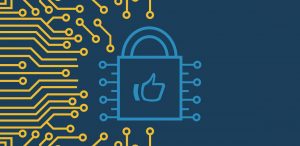
Change All Passwords Immediately After a Breach or Attack
In today’s digital age, social media has become a significant part of our lives. We rely on these platforms to connect with friends and loved ones, share our experiences, and keep up with the latest news and trends. However, with the increasing use of social media, the risk of social media breaches has also gone up. A social media breach can not only compromise your data but also leave your online presence vulnerable to further attacks.
If you suspect that your social media account has been compromised in any way, it is essential to take immediate action. One of the most important steps you need to take is to change the password to your account immediately. If you have other accounts with the same or similar login credentials, it is recommended that you change the passwords to those accounts as well.
The next step would be to notify the customer service team of the relevant social media platform. Customer service can help guide you through the process of securing your account from any further attacks. They can also verify if there has been any suspicious activity on your account, and provide you with information on how to block this activity.
Being able to block any suspicious activity is critical in preventing further damage to your account or online presence. This includes blocking any friend requests, direct messages, or requests to follow you, especially if they are from people you do not know or have never interacted with before.
Notify Customer Service Immediately for Assistance
If you ever come across any suspicious or unusual activity on your social media account, one of the most crucial steps you can take is to notify customer service immediately. Doing so can help prevent further damage to your account and protect your online presence.
To contact customer service for your social media platform, you can typically find the designated channel on their website or within the app. It’s important to provide as much detail as possible when reporting the issue, such as the nature of the activity when it occurred, and any relevant messages or notifications received.
In addition to notifying customer service, you may also want to ask for advice on the appropriate next steps to take to secure your account. They can guide you through the process and offer insights on what actions to take to reduce the risk of any further security breaches.
By being proactive and notifying customer service when you detect suspicious activity, you can take the necessary steps to secure your social media account and protect your online activities. Remember to stay vigilant, maintain strong passwords, and never share sensitive information online.
Block Any Suspicious Activity on Your Account
Securing your social media accounts is crucial in protecting your online presence and personal information from bad actors. One of the best ways to protect your accounts is to block any suspicious activity. To do this, it’s essential to regularly monitor your account for any unauthorized changes or activity.
Monitoring your social media account is simple and can be done by keeping an eye out for any changes to your profile information. Watch for any strange messages or posts from your account, or any unfamiliar friends or followers. These are all red flags that may indicate a security breach.
If you notice any suspicious activity, the first thing you should do is change your account password. Ensure the new password is strong and difficult to guess. A combination of letters, numbers, and symbols will make it complex enough to deter potential hackers. Another step to take is to enable two-factor authentication. This means that any attempt to access your account will require an additional verification step beyond just entering your password.
If you believe your account has been compromised, report any suspicious activity to the social media company’s customer service immediately. They will help guide you through the process and provide you with additional steps to secure your account.
If necessary, you can also take the step of blocking any suspicious accounts from accessing your profile. This extra layer of security will help prevent any unauthorized activity on your social media account.
Conclusion
In conclusion, securing our social media accounts is a crucial step toward protecting our online presence and personal data. It is essential to take necessary measures to prevent data breaches, phishing scams, and identity theft, and keep our social media accounts secure. By following the right practices and being vigilant, we can enjoy being active on social media without worrying about the risks.



